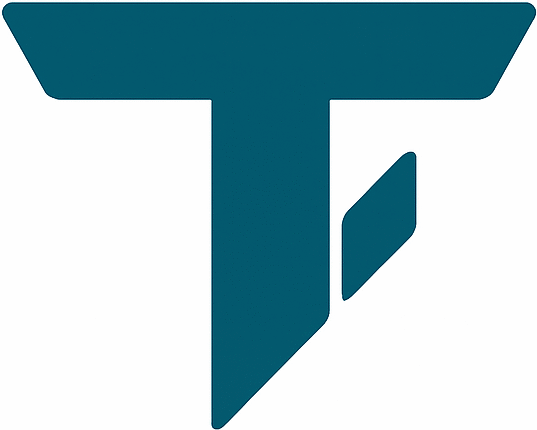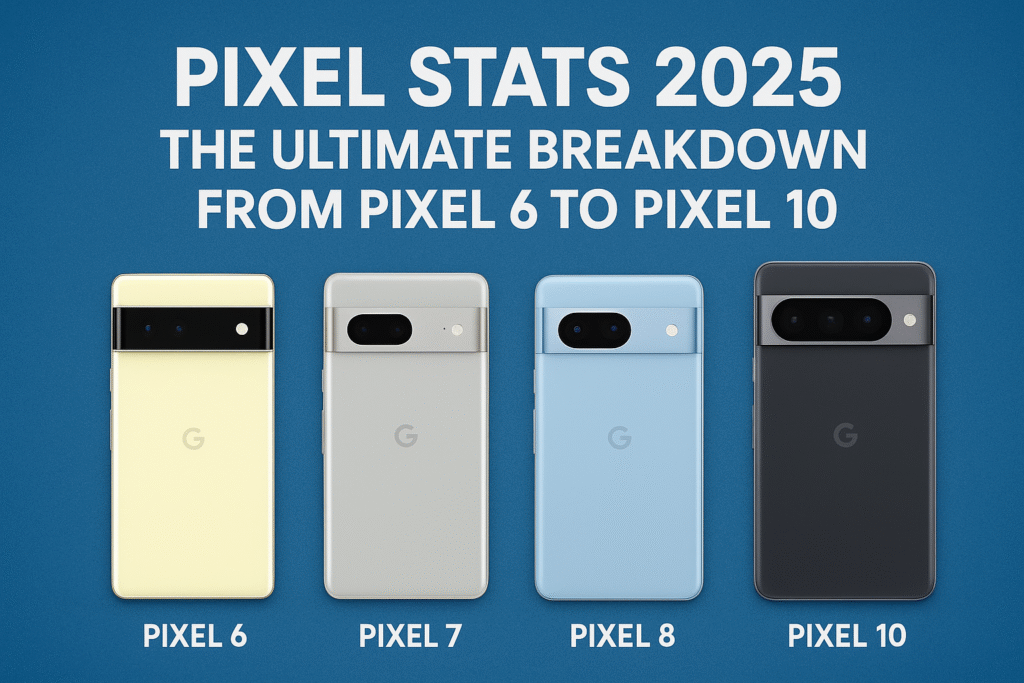If smartphones were characters in a classroom, here’s how it might look:
- iPhones would be the class toppers.
- Samsungs would be the all-rounders – sporty, popular and reliable.
- And Pixel? Well, Pixel would be the quiet nerd who suddenly had a glow-up — still sharp with numbers, but now also stylish, witty, and quietly running AI experiments while the rest of the class is still passing notes.
From the Pixel 6 in 2021 to the Pixel 10 in 2025, Google’s journey has been bold, experimental and, in many ways, quite successful. The story isn’t just about flashy flagships though. The unsung heroes have been the A-series — affordable, loveable, and often the first taste of Pixel magic for millions, especially in markets like India, where value-for-money matters most.
Let’s break down this fascinating evolution.
Pixel 6 (2021) & Pixel 6a (2022): The Foundation
The Pixel 6 was a shock entry into the scene — with its visor-style camera bar, the first Tensor chip, and fun AI tricks like Magic Eraser. It sold around 7 million units. People loved the camera wizardry but grumbled about weak battery life and poor repair options.
Then came the Pixel 6a in 2022 at $449 (~₹45,000 at the time). With almost the same Tensor power as the flagship, it became the real star. In countries like India and Southeast Asia, it quickly outsold the flagship. For many, it was the first Pixel experience — affordable, reliable, and delightfully smart.
👉 Lesson: The flagship sets the tone, but the A-series spreads the love.
Pixel 7 (2022) & Pixel 7a (2023): The Refinement
The Pixel 7 refined the formula — sleeker design, the Tensor G2 chip, and new AI-powered gems like Photo Unblur and Clear Calling. Sales ticked up to nearly 8 million units, with Google nudging up to 3% share in North America.
But the real hero? The Pixel 7a, priced at $499 (~₹43,999 in India). It brought wireless charging and a 90Hz display — unheard of at this price. Suddenly, buyers didn’t need a £1,000 flagship (or a ₹1 lakh iPhone) to experience a premium-feeling phone. In India and Europe, the 7a quietly outsold the flagship.
👉 Flagship flexed. A-series carried the weight.
Pixel 8 (2023) & Pixel 8a (2024): The AI Boom
With the Pixel 8, AI wasn’t just an add-on — it was the story. Tensor G3 enabled features like Magic Editor, Best Take, and on-device Gemini Nano. Google also promised seven years of software support, a real confidence booster. Sales jumped past 10 million units.
The Pixel 8a at the same $499 price tag made AI mainstream — and, crucially, offered the same 7-year support. In India, this positioned Pixel as a genuine alternative to Samsung’s A series and OnePlus phones. In Europe and Asia, the 8a became the best-selling Pixel.
👉 Pixel 8 showed AI magic. Pixel 8a democratised it.
Pixel 9 (2024) & Pixel 9a (2025): The Gemini Era
The Pixel 9 retired Google Assistant and went all in on Gemini AI. New features like Call Notes, Circle to Search upgrades, and Pixel Studio transformed it into an AI playground. Sales held strong at 9–10 million units, with U.S. market share hitting 4.5%.
Then came the Pixel 9a (2025), delivering almost everything from the flagship — at half the price. Indian buyers, especially students and young professionals, lapped it up as the most affordable gateway to Google’s AI ecosystem. Early trends suggest it might end up as the best-selling Pixel ever worldwide.
👉 Gemini made Pixels smarter; the A-series made them accessible.
Pixel 10 (2025) & Pixel 10a (Coming 2026): The AI Era
The present-day hero, the Pixel 10, has cemented the brand’s maturity. With the Tensor G5 chip, 100x Pro Res Zoom, 3,000-nit display, and Pixelsnap Qi2 charging, it’s finally standing shoulder-to-shoulder with the iPhone 16 Pro and Galaxy S25 Ultra. Analysts expect 12 million+ units sold in the first year.
But the real buzz is around the upcoming Pixel 10a (2026). If history repeats, it will package Google’s latest AI features — Magic Cue, Pixel Journal, real-time call translation — at almost half the cost. And in India, that’s a recipe for dominance.
👉 Pixel 10 flexes. Pixel 10a will spread the love further.
Pixel Evolution Stats Recap (Flagships + A-Series)
Year | Flagship (sales) | A-series (impact) |
|---|---|---|
2021–22 | Pixel 6 → ~7M | Pixel 6a outsold flagship in many regions |
2022–23 | Pixel 7 → ~8M | Pixel 7a became 2023’s bestseller |
2023–24 | Pixel 8 → 10M | Pixel 8a topped sales in Asia & Europe |
2024–25 | Pixel 9 → ~9–10M | Pixel 9a predicted best-seller ever |
2025–26 | Pixel 10 → 12M expected | Pixel 10a (2026) could dominate the mid-range |
Customer Experience Snapshot
- Pixel 6: Loved the design, criticised for battery.
- Pixel 7: Polished, stable, crowd-pleaser.
- Pixel 8: AI wow factor blew users away.
- Pixel 9: Gemini made it feel like a real assistant.
- Pixel 10: Universally called the “complete package.”
For the A-series, it has consistently been: 90% of the flagship power at about 50% of the price. That’s why in markets like India, where budget meets aspiration, it clicks so well.
After-Sales Service: The Silent Evolution
- Pixel 6 era: Repairs outside the U.S. were a headache.
- By Pixel 8: Google partnered with iFixit, making repair kits globally available.
- By Pixel 10: More service centres opened in Europe and Asia, including India, coupled with stronger trade-in offers. Customer service ratings in the U.S. hit 8.8/10.
👉 Service evolution has quietly been one of Pixel’s biggest success stories.
Final Word: Flagships Flex, A-Series Wins Hearts
The Pixel story is clear:
- Flagships hype the innovation with bold design and bleeding-edge AI.
- The A-series wins the crowd with affordability and reach.
Together, they’ve transformed Pixel from the “odd cousin of Android” into a genuine third force in smartphones alongside Apple and Samsung.
In India, the UK, and much of Europe, the A-series has been the game-changer — turning curiosity into loyalty. And with the Pixel 10 leading the AI charge and the Pixel 10a set to bring it to the masses, Google’s glow-up is only getting brighter.


